Sardinia, Island of mysteries
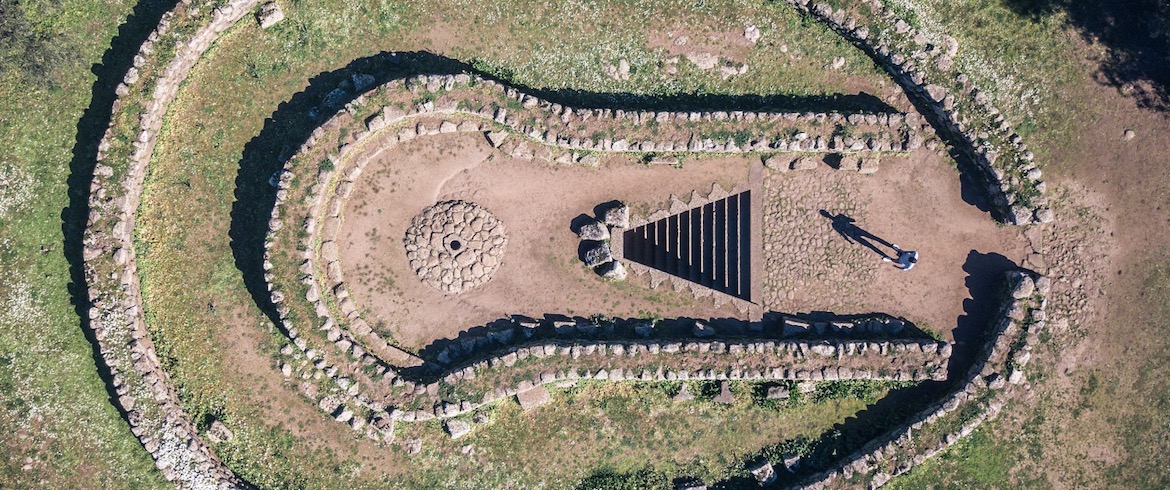
Sardinia is located in the western Mediterranean and its territory coincides with the Sardinian archipelago, consisting almost entirely of the island of Sardinia and a considerable number of small surrounding islands and archipelagos.
Rich in mountains, minerals, woods, plains, largely uninhabited territories, streams, rocky coasts, and long sandy beaches, the island has been metaphorically defined as a micro-continent due to the variety of its ecosystems.
In modern times, many travelers and writers have enhanced its beauty, which remained uncontaminated at least until the contemporary age, as well as immersed in a landscape that houses the vestiges of the Nuragic civilization.
From the countless “nuraghi” and sacred wells to the megalithic structures and enigmatic, giant statues, we can safely say that little to no other island in the world holds as many archaeological wonders and mysteries as Sardinia.
The Nuraghe
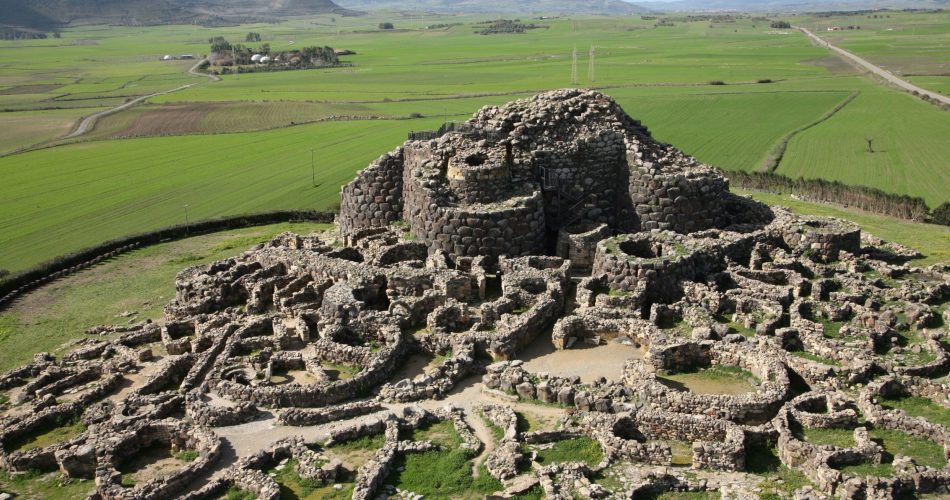
The nuraghe are megalithic constructions in the shape of a truncated cone densely present throughout Sardinia. Almost each one of them has unique features, and they are the most representative building of the Nuragic civilization.
Some are more complex and articulated, like real castles with the highest tower reaching a height between twenty-five and thirty meters.
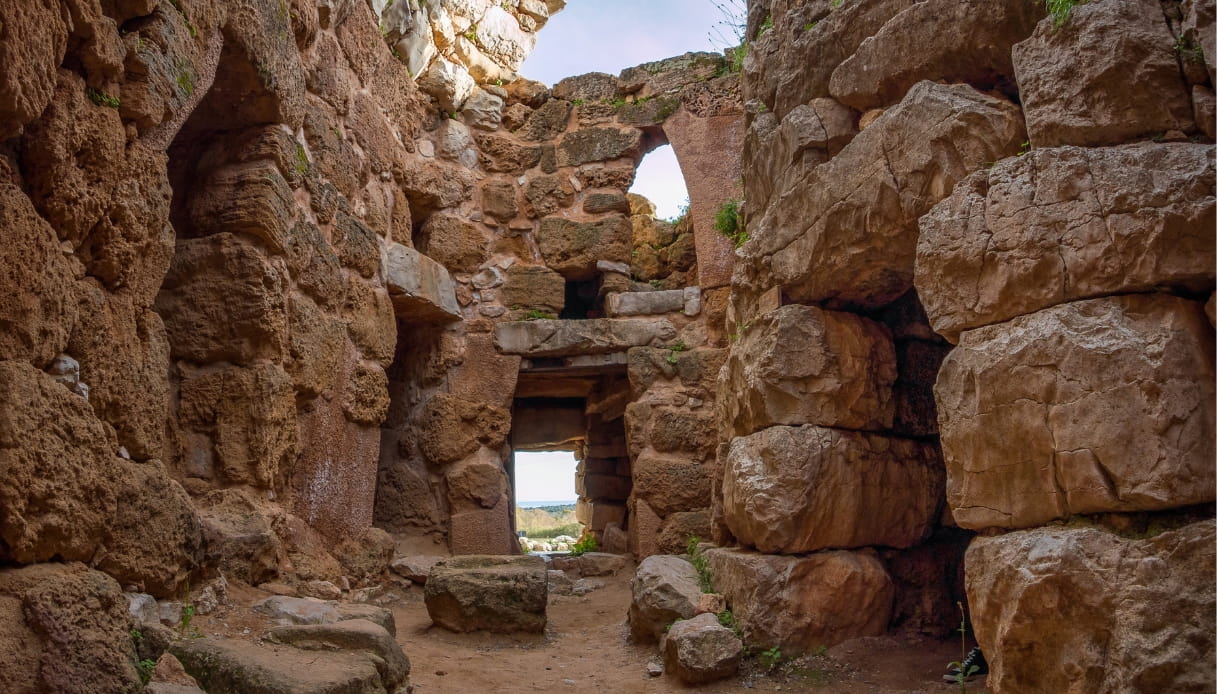
However, in most cases, these are narrow upward towers 10 to 20 meters high, with a base diameter of 8 to 10 meters.
About seven thousand remain standing (according to some sources eight thousand) scattered throughout the island, one every 3 km² on average, strongly distinguishing the Sardinian landscape.
It is assumed that in the past their number was much greater, and the debate about their function is still a matter of speculations and hypotheses by academics and scholars, as well as their dating, although many suggest they might belong to the second millennia BCE.
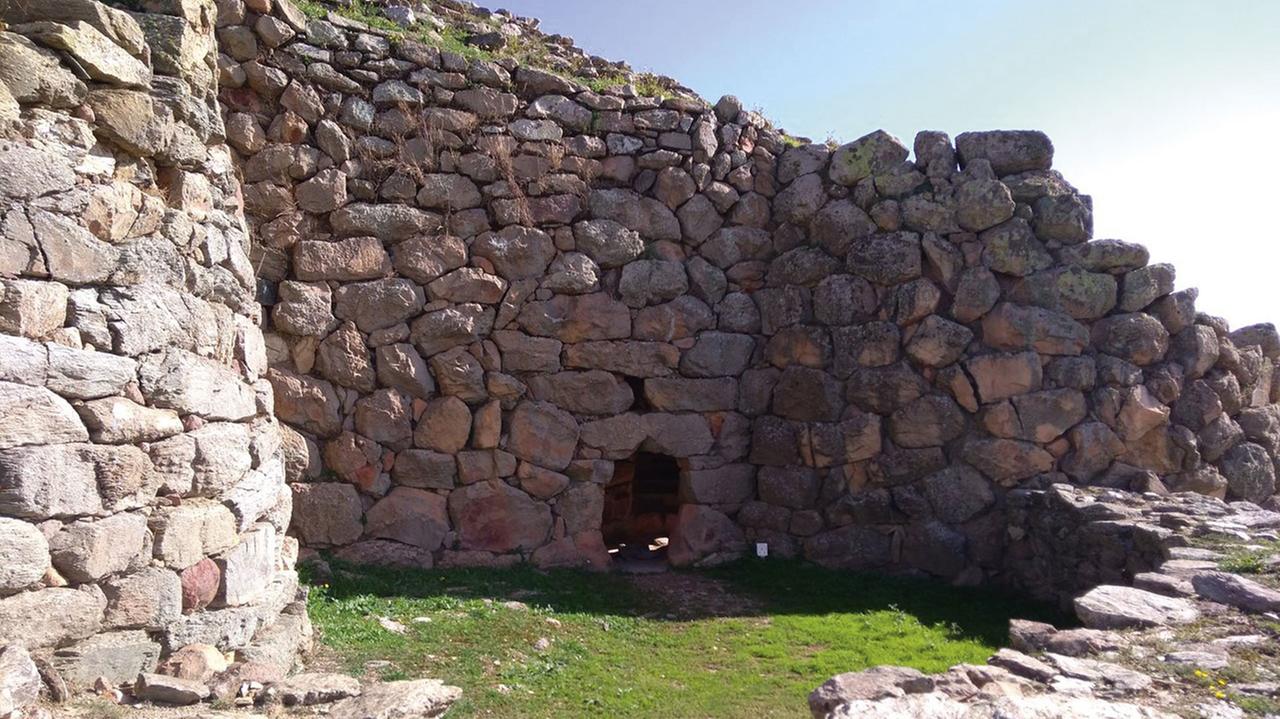
The hypotheses on their function range from military purposes, religious purposes, and astronomical purposes.
Although the military function has little to no logical evidence, the religious and the astronomical ones found meaning in the several discoveries of objects and artifacts connected to ritualistic practices inside of them, and their alignment with constellations and the observability of astronomical events such as the Solstices and Equinoxes inside of them.
They were declared as UNESCO World Heritage Site in 1997.
The Sacred Wells
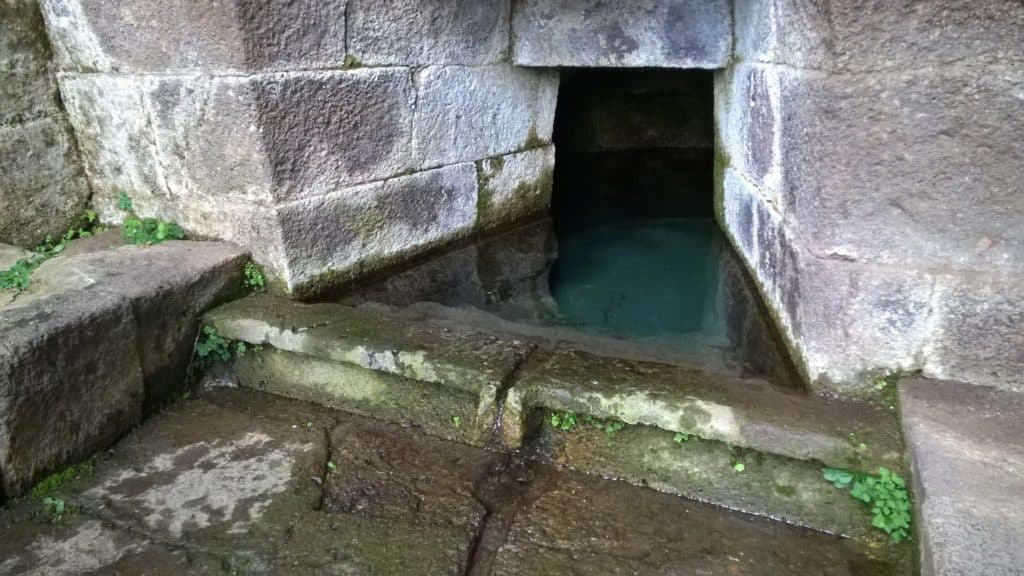
Sacred wells are another typical architectural feature of prehistoric Sardinia.
While some of them merely served as wells with no other features, some are actually far more advanced and have incredible astronomical alignments.
The most sophisticated example among them is Santa Cristina well, which still amazes and baffles modern engineers.
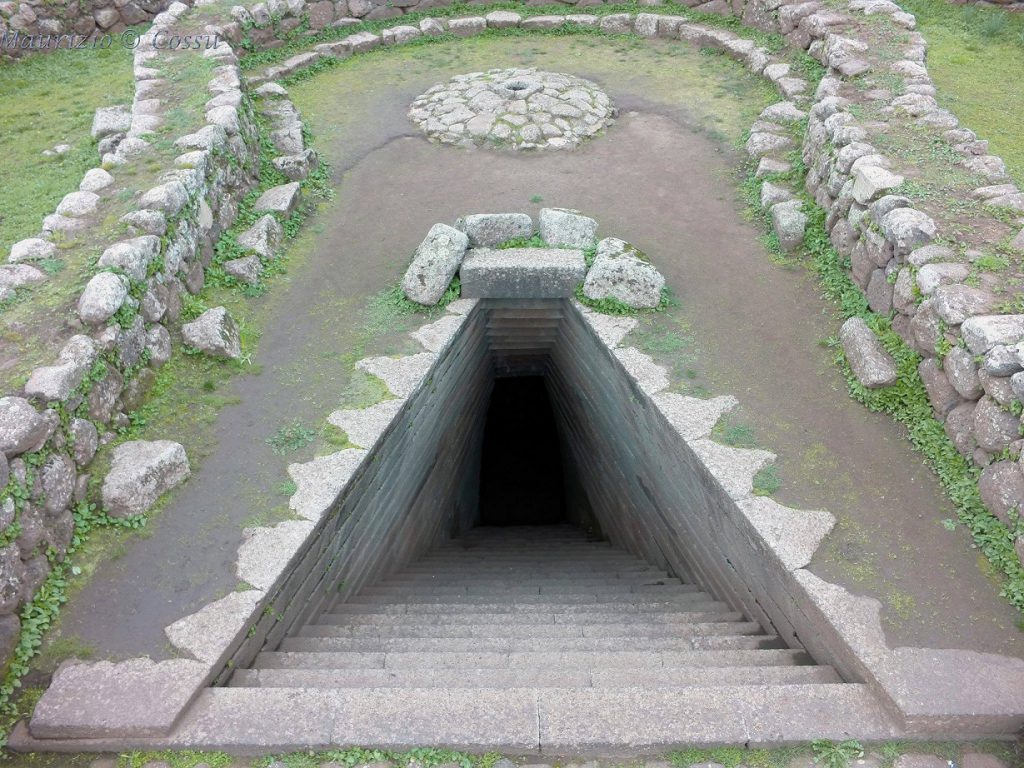
To add to the enigma, this well might actually be one of the oldest in Sardinia, belonging to a mysterious civilization that thrived before the Nuragic civilization, known as pre-Nuragic culture, which the Nuragic people tried to emulate.
Estimated to have been built around 3000 years ago, the Santa Cristina well is certainly the most precise and complex archaeological site in Sardinia.
The architectural knowledge required to achieve this level of perfection is astonishing.
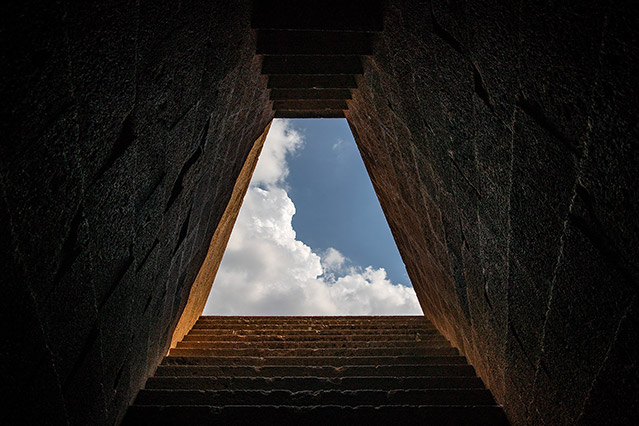
The blocks are perfectly aligned and fit together without space between them in the style of the “glued” polygonal walls of Egypt and South America, and their proportions are flawless.
Inside the well, the stones are long and curved to go along with the circular shape.
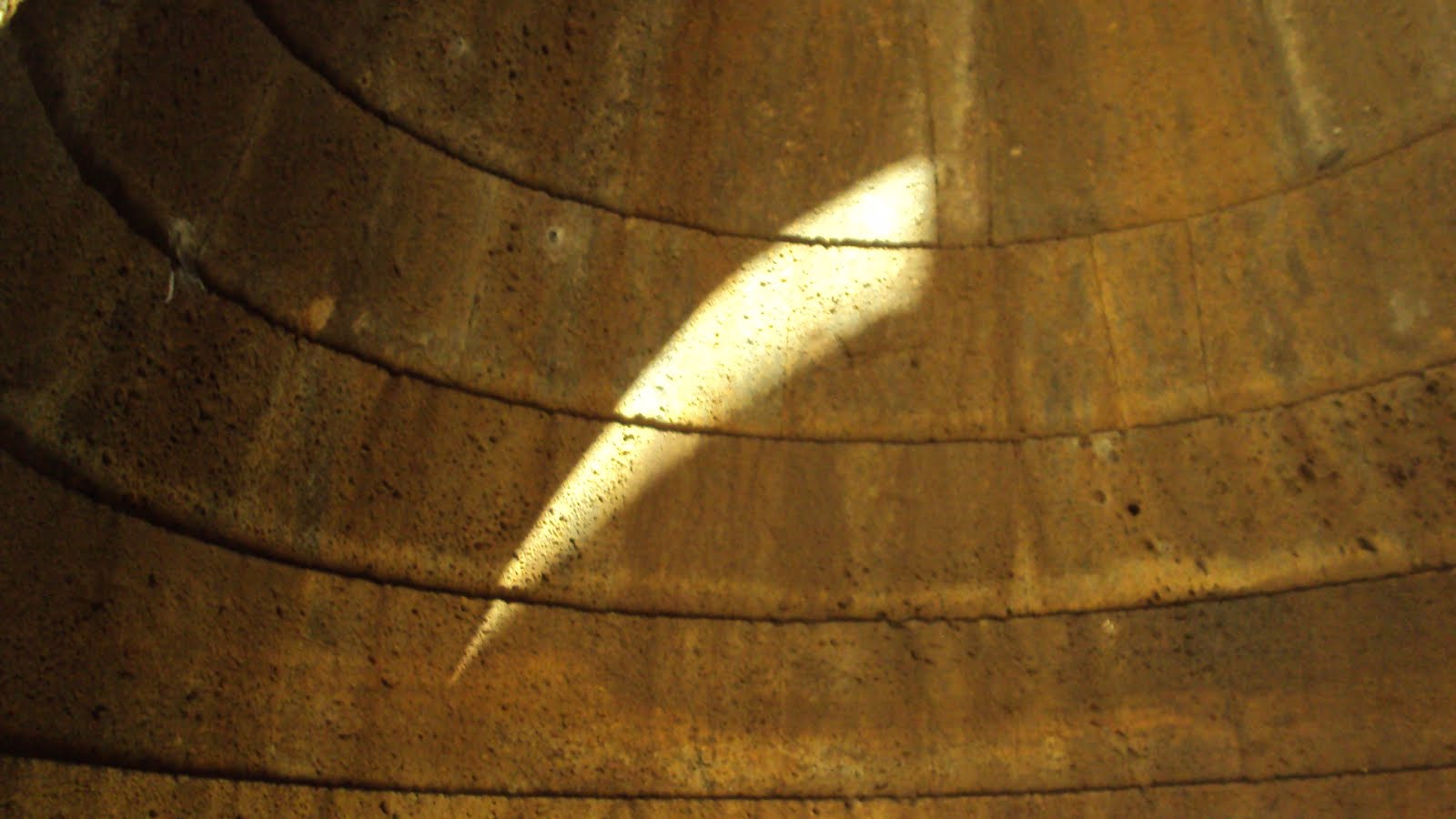
But that’s not it. The structure was also used as an accurate astronomical observatory.
Every year, during the two days of the spring equinox (18/21 March) and the autumn equinox (21/23 September), the Sun descends perfectly along the stairwell, reflecting on the waters at the bottom.
This mesmerizing effect creates an amazing phenomenon: a person standing on the steps would see his shadow turned upside-down on the wall of the chamber, inside the rays of the Sun.
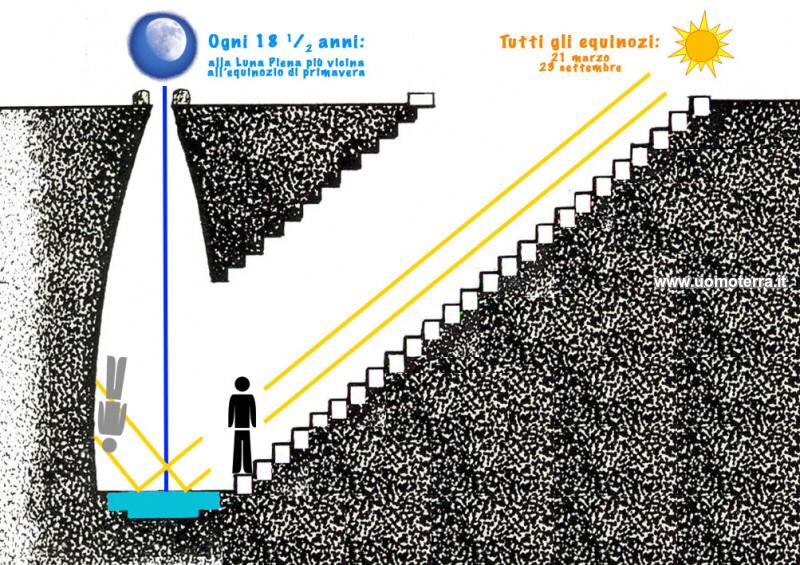
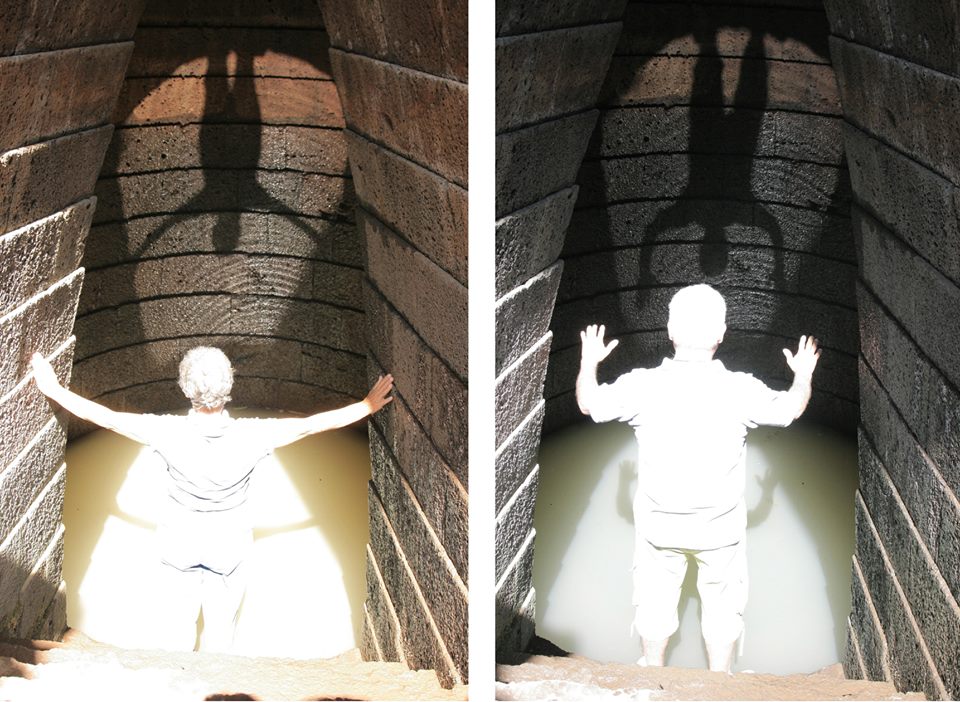
The upside-down feature is also present in the backward stairwell that descends together with the actual stairs.
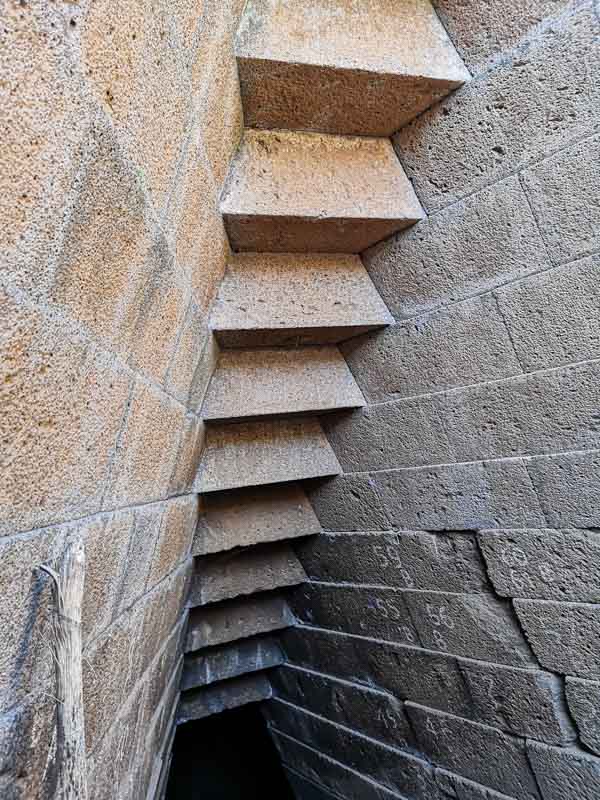
The structure also has a little perfect hole hewn in the rock above the well. Every 18 years and 6 months, when the Moon reaches its maximum height in the sky, the light goes perpendicularly down inside the hole, enabling the whole spectrum to reflect entirely on the waters of the well, which then become covered by the shape of the Moon.
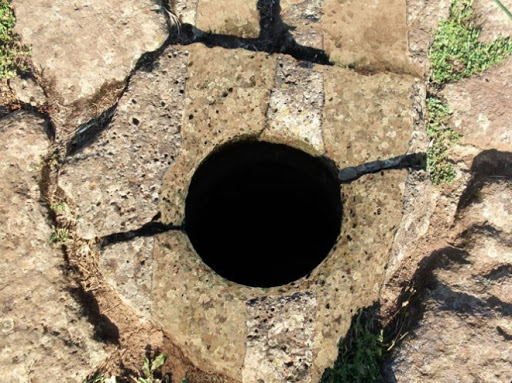
The Santa Cristina well is certainly a one-of-a-kind structure in terms of engineering and architecture, clearly showing high levels of astronomical and spiritual knowledge.
The Pyramid
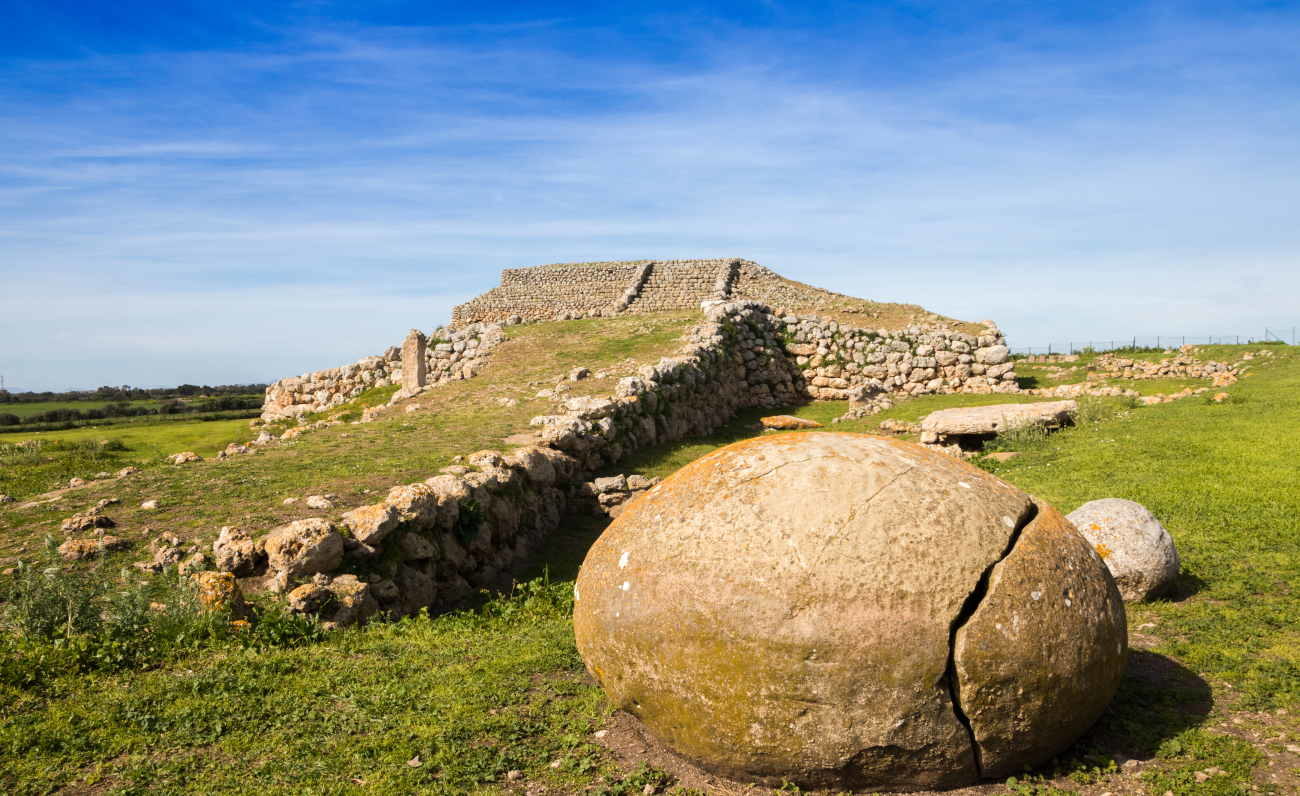
Monte d’Accoddi, sometimes spelled Akkoddi, is a pyramid or ziggurat belonging to the pre-Nuragic period of Sardinia.
Due to the concentration of different types of construction, the monument is still considered unique not only in Europe but in the entire area of the Mediterranean Sea, so particular that its shape is associated with the structures of several overlapping horizontal planes of Mesopotamia, the ziggurat.
This unique structure was part of a larger complex that developed on a flat area starting from the second half of the fourth millennium BCE and preceded by traces of visits from the Middle Neolithic.
The structure has the shape of a truncated pyramid (27 m x 27 m, about 5.5 m high), which was accessed by a ramp.
A large rectangular structure facing south (12.50 mt. x 7.20 mt.) was built on the platform, which has been recognized as a temple (called the “Red Temple”, because most of the surfaces are plastered and painted with red ocher); there are also traces of yellow and black.
The filling is contained by an external covering made of large blocks of limestone. In this way, a second large truncated pyramid platform (36 m x 29 m, about 10 m high) was created, accessible by means of a second ramp, 41.80 m long, built over the older one.
This second sanctuary, also known as the “Stepped Temple” recalls the Mesopotamian ziggurat. It has been attributed to the Abealzu-Filigosa culture.
In addition to the altar in the archaeological complex of Monte d’Accoddi, there are other monumental pre-Nuragic artifacts.
On the east side of the ramp, a few meters from it, there is a slab of compact limestone measuring 8.2 tons of about three meters by three, which was a dolmen or perhaps a table for offerings.
On the same side of the access ramp, and right next to it, another slab weighing about 2.7 tons was found.
On the opposite side of the ramp, a menhir found there was recently raised, made of squared limestone and elongated shape, 4.40 m high and 5.7 tons heavy.
These three artifacts are now visible in their original position and the last two seem to be contemporary with the oldest altar.
Two enigmatic megalithic spheres were placed near the ramp, the largest of which weighs more than a ton and has a circumference of 4.85 m, while the second has a diameter of about 60 cm, which would represent the Sun and the Moon.
Finally, there is an archaeoastronomical hypothesis according to which the symmetry of the pre-Nuragic altar would reproduce the stars of the Southern Cross, not visible in the present from the site due to the precession of the equinoxes, but which 5000 years ago was probably visible in the southern sector of the Sardinian sky, as confirmed by the physicist Gian Nicola Cabizza.
The Tombs Of The Giants
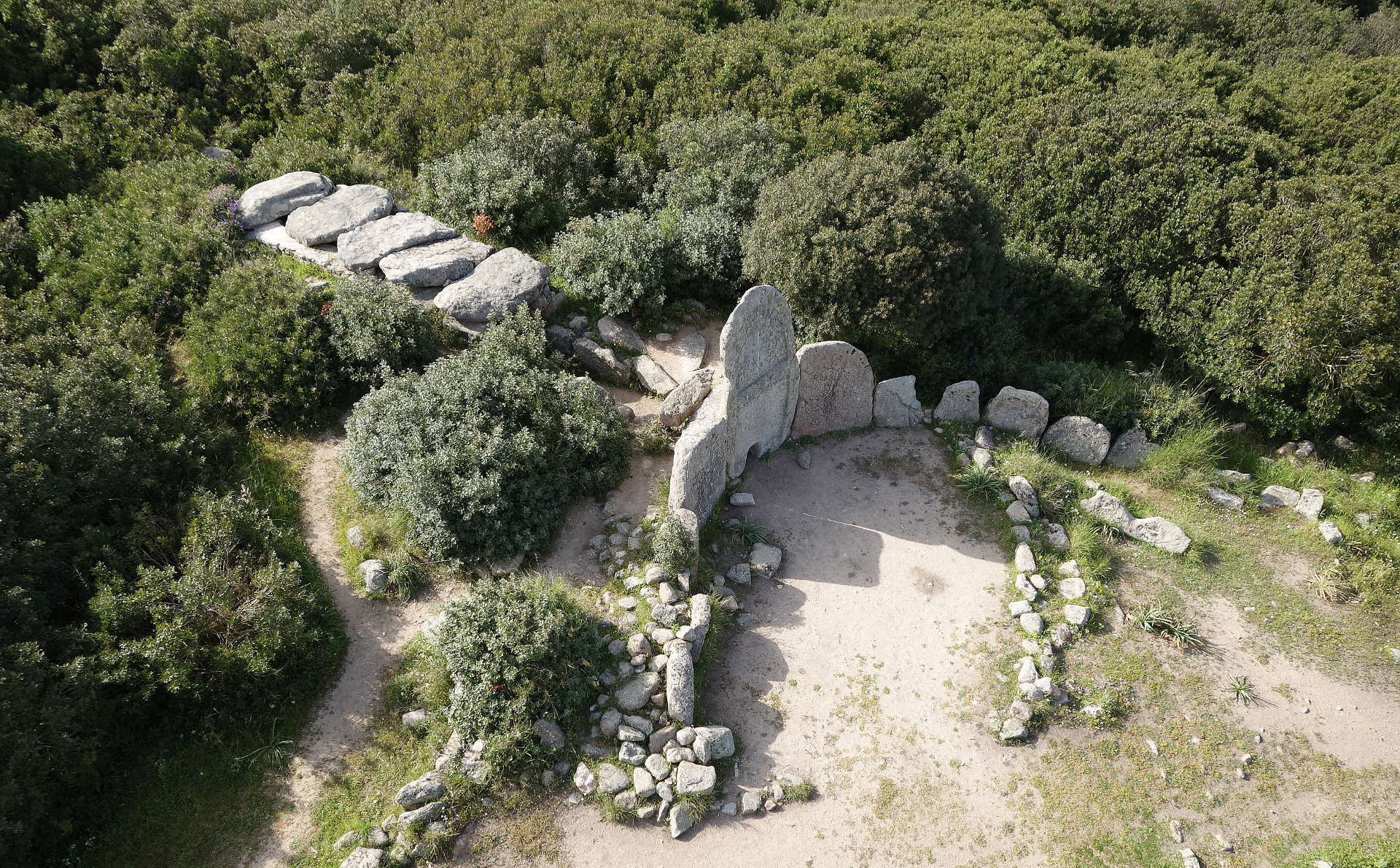
The tombs of the giants (tumbas de is gigantes in Sardinian language) are monuments made up of collective tombs belonging to the Nuragic age and present throughout Sardinia.
The name, born from the popular imagination, has been assimilated by archaeologists who often prefer the name “tombs of giants”.
They are imposing constructions with a rectangular apse base (that is, with the semicircular final part), built with large blocks of stone planted in the ground.
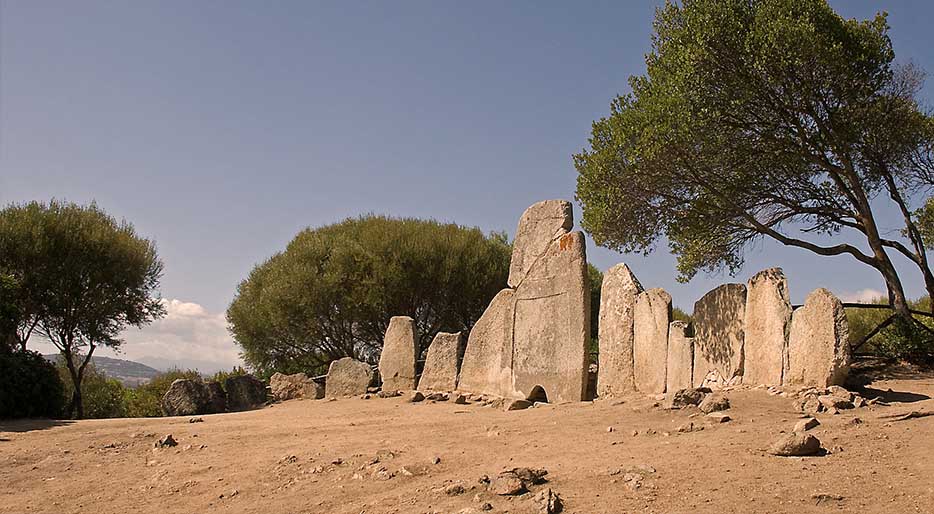
They can be found scattered throughout Sardinia with a particular concentration in the central part of the island where there are about half of them; until the last census of 2003, the known ones are 800.
These particular tombs essentially consist of a burial chamber up to 30 meters long and 3 meters high. Originally the entire structure was covered by a mound more or less resembling an overturned boat. The front part of the structure is delimited by a sort of semicircle, almost symbolizing the horns of a bull, and in the most ancient tombs, in the center of the semicircle there is a stele high in some cases up to four meters, generally finely carved and furnished at the base of a small opening which – it is supposed – was closed by a boulder.
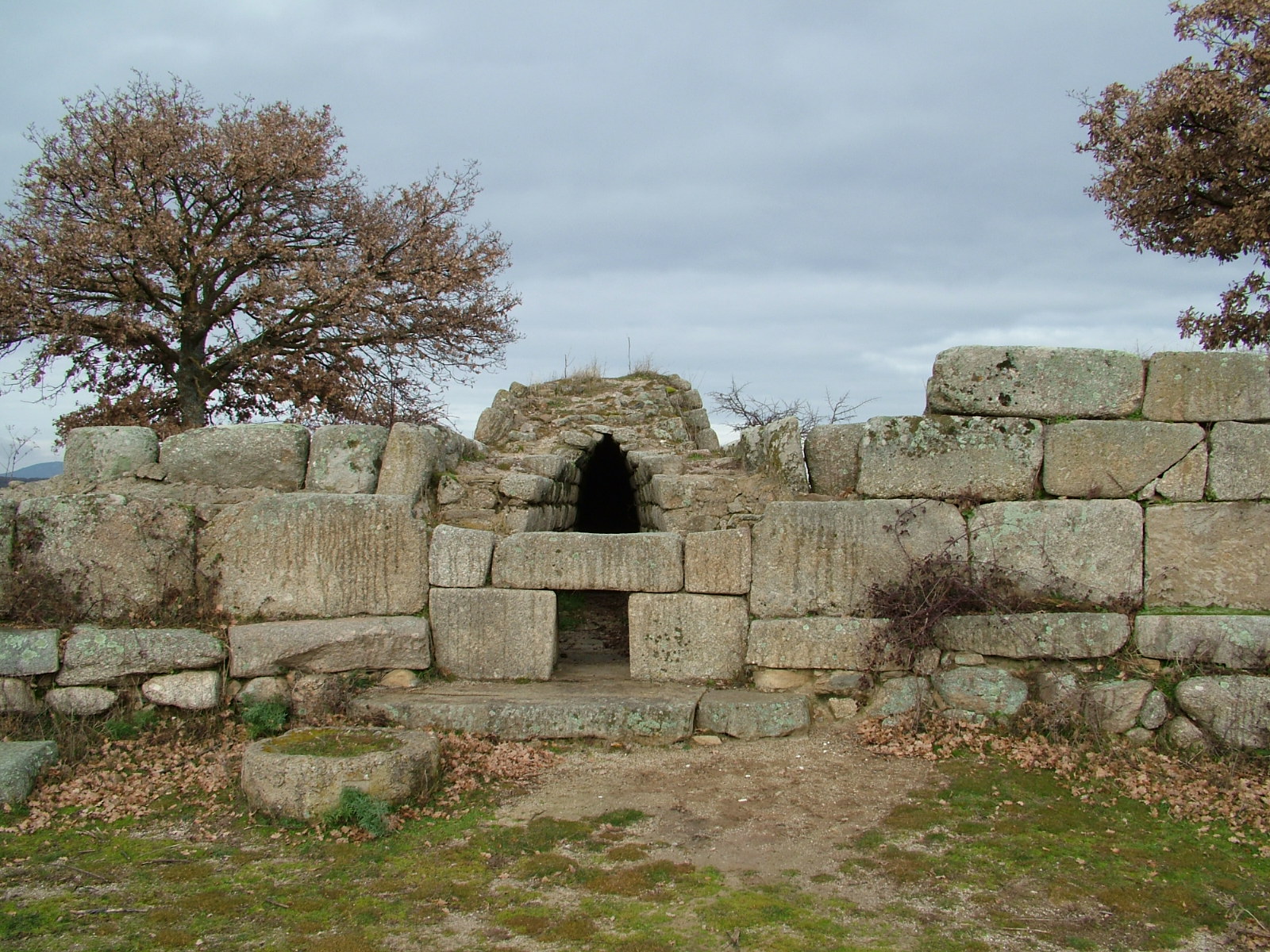
The cults linked to the tombs of giants are to be connected to the god Taurus and the goddess Mother and, according to some hypotheses, the shape of the building recalls both a bovine head and a woman in labor (death was in fact linked to birth according to the principle of rebirth).
The “Giants” Of Mont’e Prama
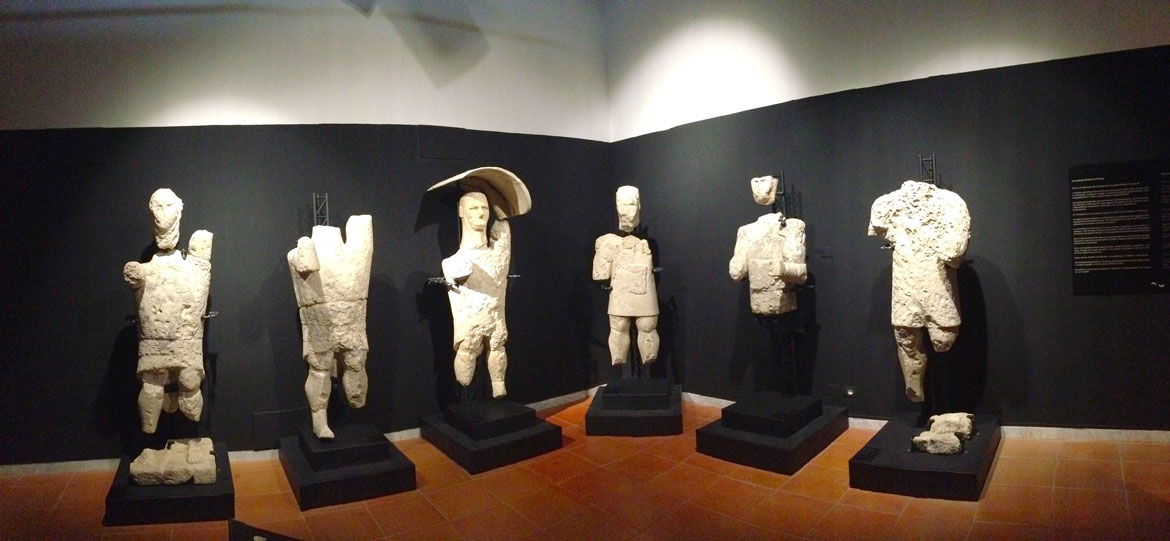
The Giants of Mont’e Prama are ancient stone sculptures allegedly created by the Nuragic civilization but believed by some to be much older.
Fragmented into numerous pieces, they were found by accident in March 1974, in farmland near Mont’e Prama, in the comune of Cabras, Province of Oristano, in central-western Sardinia. The statues are carved in local sandstone and their height varies between 2 and 2.5 meters.
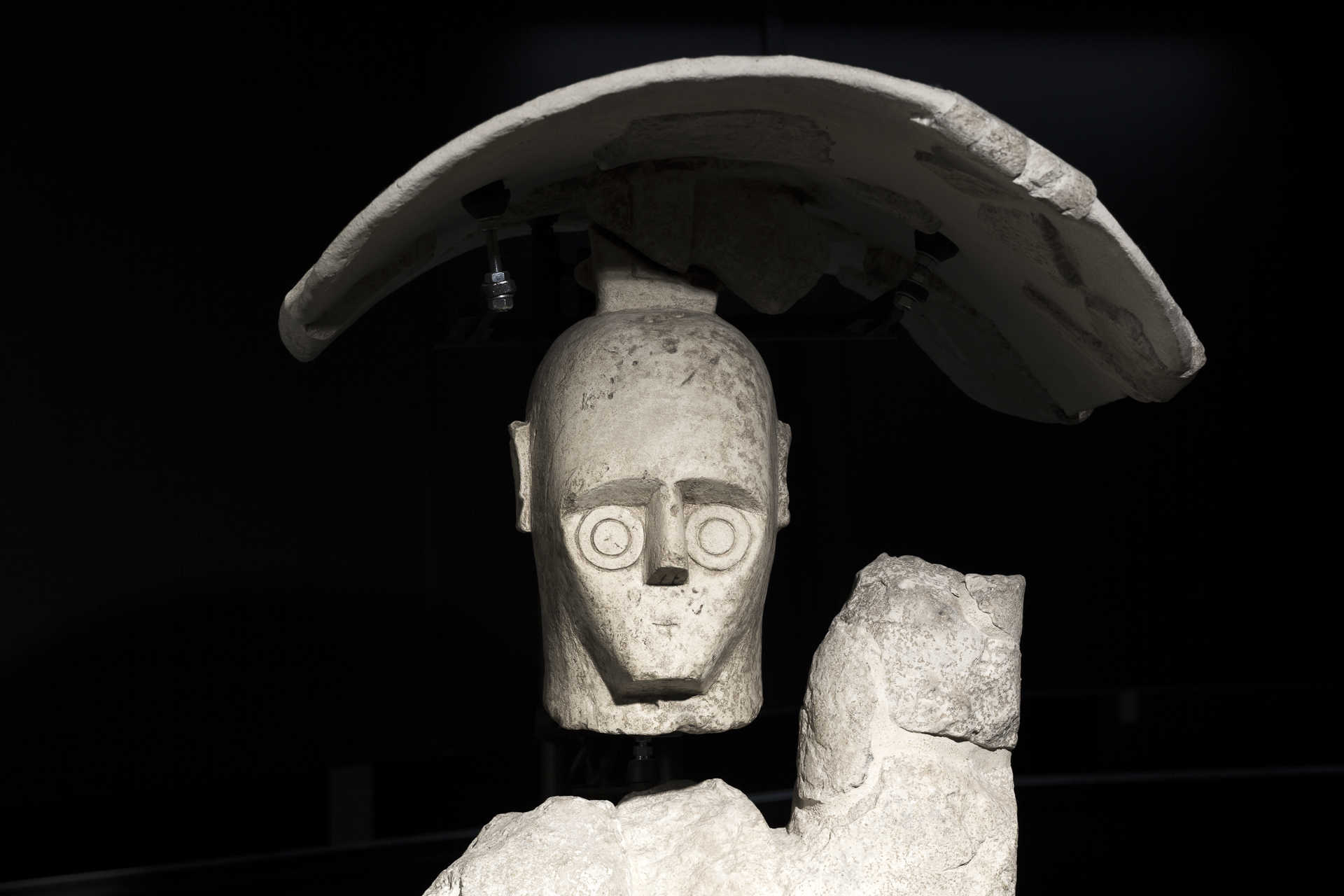
The dating of the Kolossoi – the name that archaeologist Giovanni Lilliu gave to the statues – varies between the 11th and the 8th century BC. If this is further confirmed by archaeologists, they would be the most ancient anthropomorphic sculptures of the Mediterranean area, after the Egyptian statues, preceding the kouroi of ancient Greece.
The scholar David Ridgway on this unexpected archaeological discovery wrote:
“they are one of the most remarkable discoveries made anywhere on Italian soil in the present century”.
The chronology of the statues is still highly debated due to various difficulties in establishing their production period.
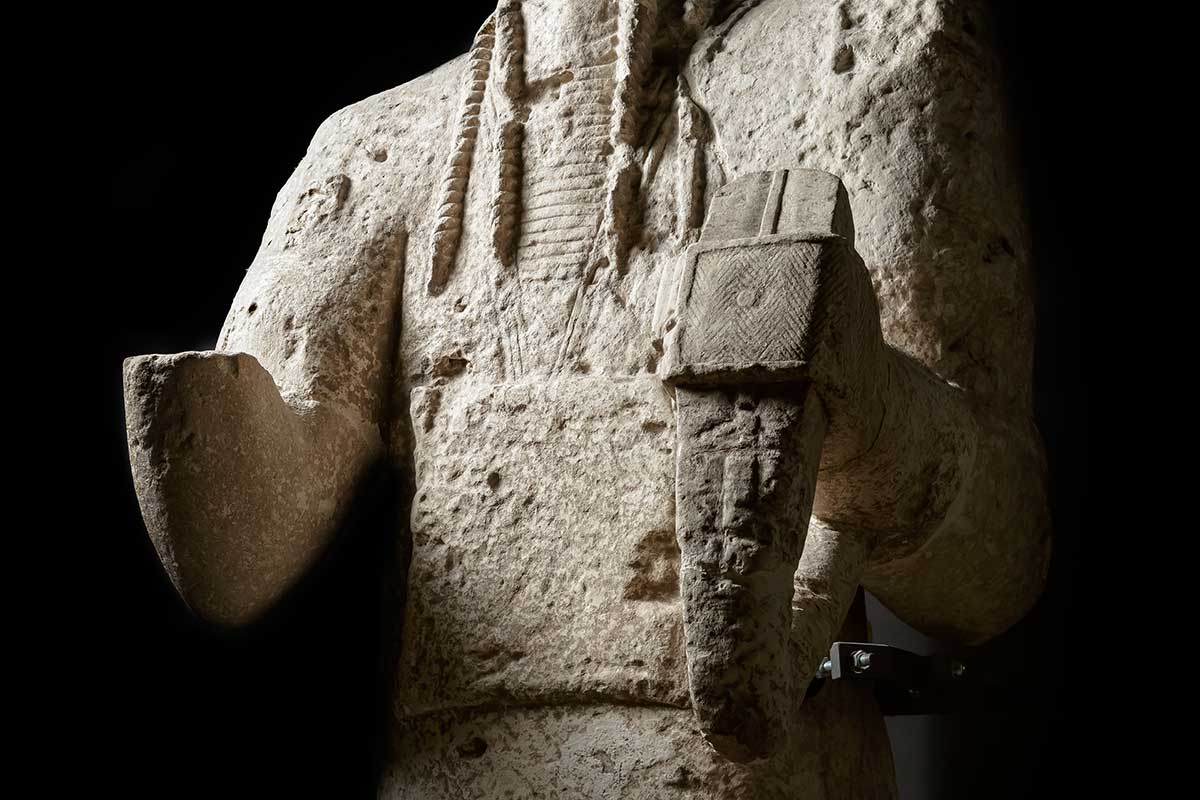
What or who they represented is also uncertain, with hypotheses ranging from warriors and boxers to ancient gods.
At the same site, in the structure known as tomb nr.25, archaeologists also found an Egyptian scarab, which for some scholars precisely represents a Hyksos-type scaraboid.
The specific design of the Mont’e Prama seal is almost identical to a scarab found at the Samarian site of Tell Farah or at the Palestinian site of Tall al-Ajjul, the latter often identified as Sharuhen, the last Hyksos stronghold.
However, the most recent scarab belonging to this typology – although quite different in the design – had been found in Tyre and dated to the 8th century BC.
Recent analyses make it clear that it is glazed steatite of Egyptian origin. Careful typological considerations showed that it is a true Egyptian scarab, picturing a stylized lotus flower and dated to 1130–945 BCE.
This dynamic scenario is further complicated by the age-old problem of the possible identification between Nuragic people and the Sherden, one of the Sea Peoples.
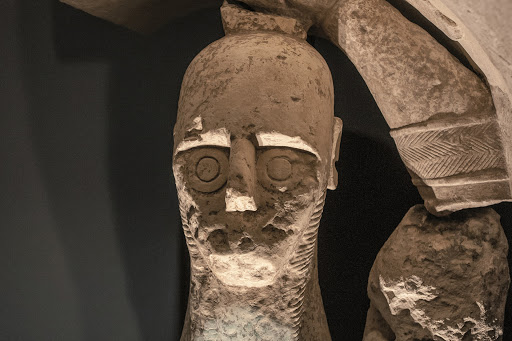
The whole area of these findings, besides being surrounded by numerous Nuragic ruins (villages and nuraghi), could turn out to be just the tip of a much larger settlement; the geophysical investigations allowed by the use of an advanced technology radar have made it possible to find numerous tombs, perhaps other deposits of statues, as well as other structures probably linked to temples, but these new realities have not yet been studied.
The Domus de Janas
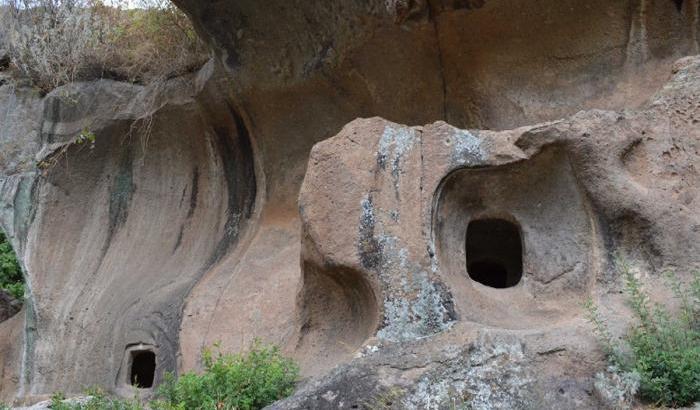
The Domus de Janas are prehistoric tombs carved into the rock typical of pre-Nuragic Sardinia.
They are found both isolated and in large groups also formed by more than 40 tombs. From the recent Neolithic to the Early Bronze Age (3300-2000 BCE) these structures characterized all areas of the island.
More than 2,400 have been discovered, about one for every square kilometer, and it is speculated that many still remain to be found. They are often connected to each other to form real underground cemeteries, sharing an access corridor (dromos) and an entrance that is sometimes very spacious and with a high ceiling.

Archaeologists claim that the first Domus de Janas was excavated around the middle of the fourth millennium BCE, during the period in which the culture of San Ciriaco developed on the island (recent Neolithic 3400-3200).
With the culture of Ozieri (final Neolithic 3200-2800 BCE), they spread throughout Sardinia.
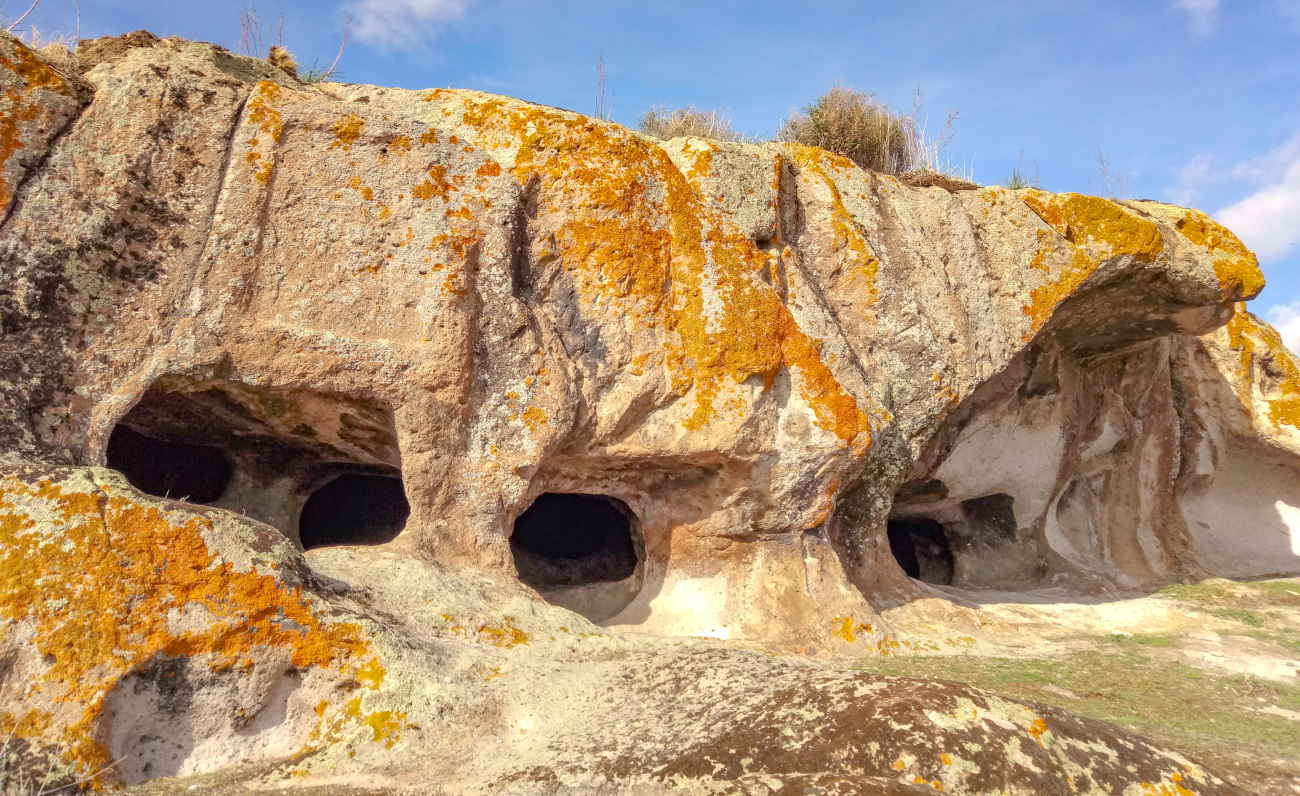
The people of the Ozieri had a particular religion that had a correspondence in the distant Cyclades islands. They worshiped the Sun and the Taurus, symbols of male strength, the Moon and the Mediterranean Mother, symbols of female fertility. Stylized figurines of the Mother Goddess were found in these burials and places of worship.
Rather numerous are the naturalistic or schematic representations of the bull’s head, or of the horns alone, which testify to the cult of a divinity principle of regeneration for the dead as a symbol of life and fecundating power.
Alongside the relief decoration, there are also engraved and painted ones, the latter documented in particular in the famous tomb of Mandra Antine di Thiesi. Linear and geometric motifs appear, such as zigzags, spirals, discs, sometimes of great symbolic value.
